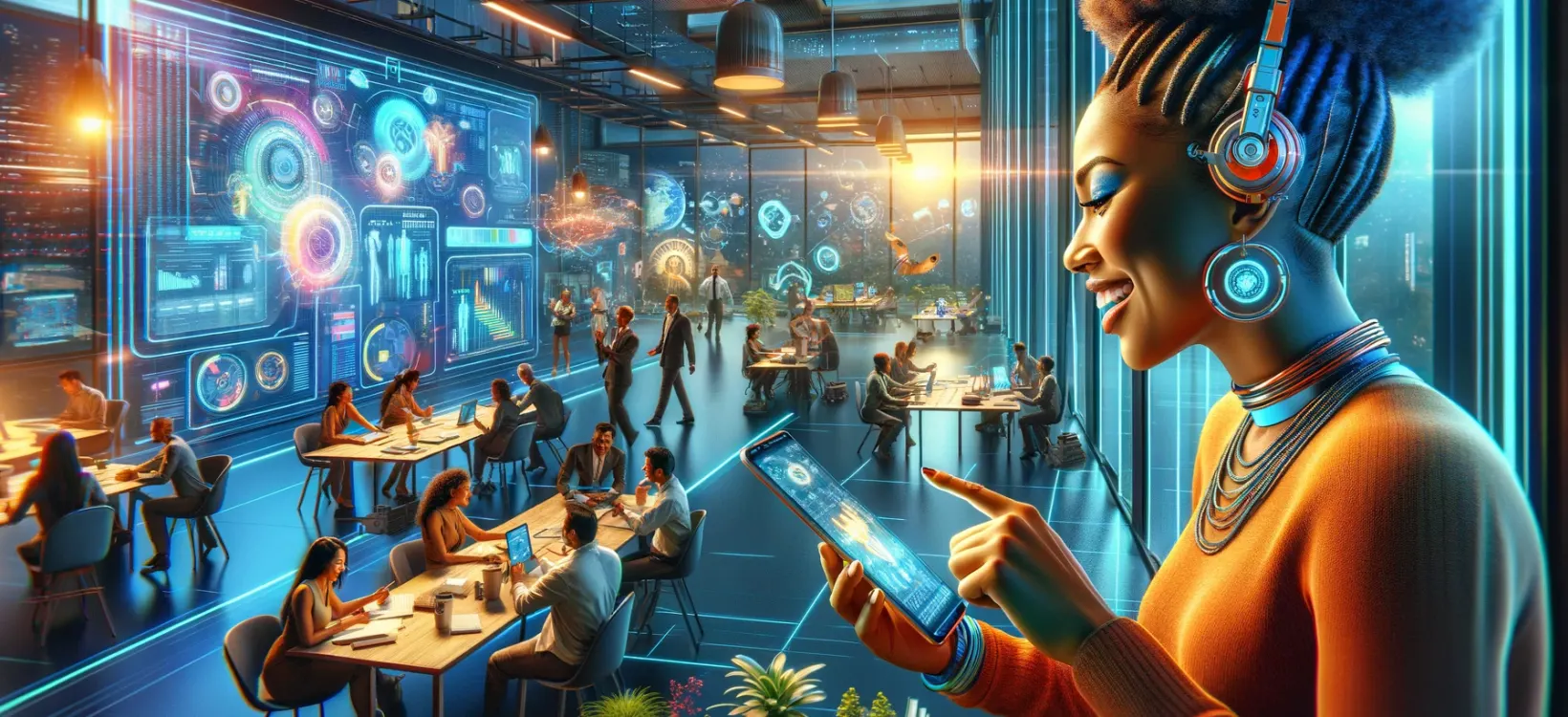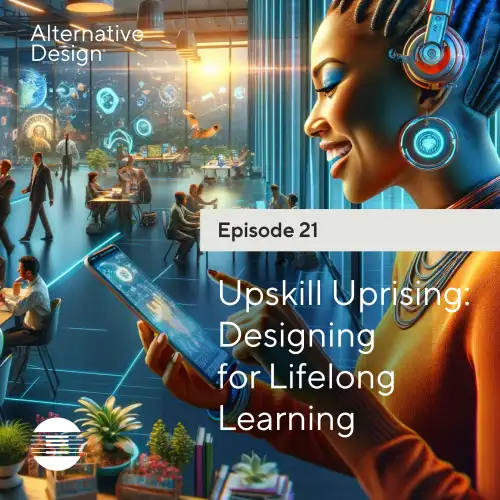In the ever-changing landscape of education and work, an initiative is emerging as a transformative force.
This collaborative project is called Study Hall. Involving YouTube, Arizona State University (ASU), and Crash Course, it is not just reshaping the formal education process, it is sending ripples into the future of work and design.
WHAT IS STUDY HALL?
Positioned as an internet destination, Study Hall utilizes YouTube as a platform to offer engaging video content aimed at simplifying the college journey and aiding in workforce education. The project addresses the need for more accessible and learner-friendly education experiences, especially for first-generation students. It also serves as a signal that traditional pathways to formal education are undergoing a significant transformation.
The podcast highlights a crucial trend in the future of work where employers are increasingly becoming educators. As new technologies continue to reshape industries, employers will play a growing role in upskilling their workforce. Study Hall provides a model where employees can engage in personalized learning journeys, gaining new skills and knowledge relevant to their roles.
WHY DOES IT MATTER TO DESIGNERS?
Designers are pivotal in crafting spaces that facilitate personalized learning journeys. The future norm will involve a blend of digital and physical experiences. Whether someone learns on YouTube during their commute or prefers an immersive VR experience at the office, designers must create environments that seamlessly accommodate these diverse preferences.
A space type that can help facilitate personalized learning journeys is the “Room on the Move”. As learning journeys are enhanced at work, their prominence will increase, emphasizing the need for spaces that adapt to evolving learning requirements. Designers should consider:
- 6’x 6’ VR Footprint: Allocate sufficient space for each VR user, ensuring a comfortable and safe learning environment.
- Soft Finishes and Barriers: Prioritize safety with soft finishes and barriers that protect immersed learners.
- Sensory Considerations: Address sensory aspects with adjustable lighting and temperature controls to enhance the immersive learning experience.
- Flexible Furnishings: Design movable furnishings that support collaboration post-learning sessions, creating dynamic and adaptable spaces.
SHAPING THE FUTURE LANDSCAPE
As we navigate this evolving landscape, it's clear that the future belongs to personalized, dynamic learning experiences. Designers are called upon to envision spaces that seamlessly blend physical and digital realms, fostering a culture of continuous learning. Study Hall is a glimpse into a future where learning is not confined to traditional classrooms but woven into the fabric of our daily lives.


